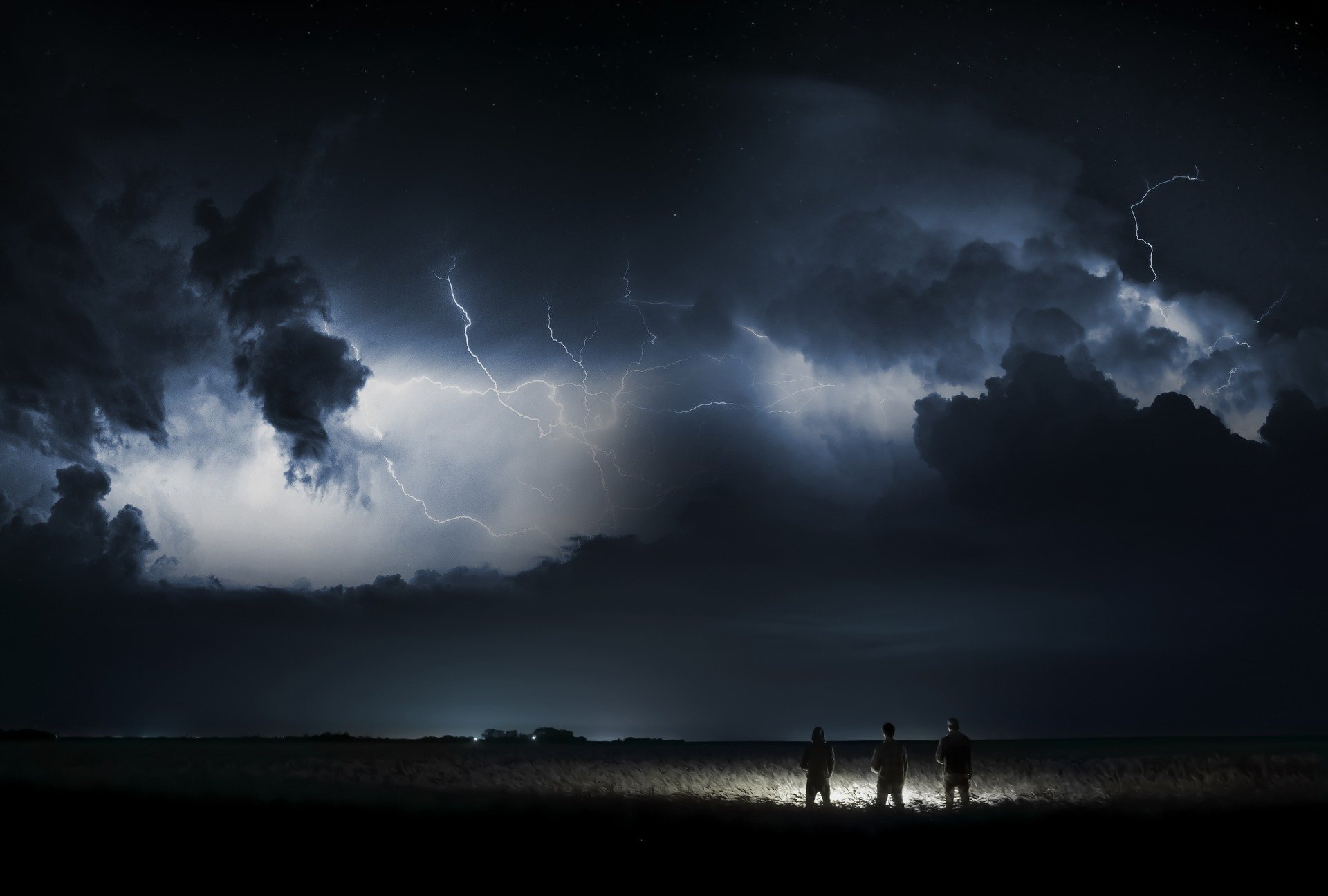- No need to sell this AI data center play ahead of earnings — and updates on 3 more industrial stocks
- Beyond 'one pore at a time': New method of generating multiple, tunable nanopores
- Researchers create orientation-independent magnetic field-sensing nanotube spin qubits
- Solid electrolyte composed of nanoparticles shows promise for all-solid-state batteries
- Study reveals invasive Apple Snail could spread further in Africa
What do you believe is the single most important factor driving up the cost of living in Nigeria?

Why are so many historically rare storms hitting the Carolinas?
Hurricane Helene caused deadly and destructive flooding when it swept through the Southeast on Sept. 26–29, 2024. Across a broad swath of western North Carolina, where the worst flooding occurred, the amount of rainfall exceeded levels that would be expected on average only once every 1,000 years.
But this wasn't the first 1,000-year rainstorm in North Carolina this year. In mid-September, an unnamed slow-moving storm produced more than a foot of rainfall closer to the Atlantic coast. This storm inundated areas that had already been drenched by Tropical Storm Debby in August.
As atmospheric scientists and state climatologists, we believe it's important for the public to understand the risk that extreme events may occur. That's especially true as climate change alters the conditions that create and feed storms. Here's how scientists calculate storm probabilities, and why events like a 1,000-year storm can happen much more frequently in some places than that term suggests.
Forecasting the future based on the past
Estimates of rainfall return periods—how long it will be, on average, between storms of a given size—come from the U.S. National Oceanic and Atmospheric Administration, the home of the National Weather Service. NOAA publishes these projections in a series of reports called Atlas 14. Architects and engineers use them to design buildings, dams, bridges and other facilities to withstand heavy rainfall.

- October 3, 2024
Trust in US Supreme Court continues to sink, survey finds


- October 3, 2024
Citizen scientists create buzz with new insect discovery

- October 2, 2024
47 tigers dead in Vietnam zoos due to bird flu: State media

- October 2, 2024
Marburg virus kills nine in Rwanda
Subscribe to our mailing list to get the new updates!

Subscribe our newsletter to stay updated
Thank you for subscribing!









